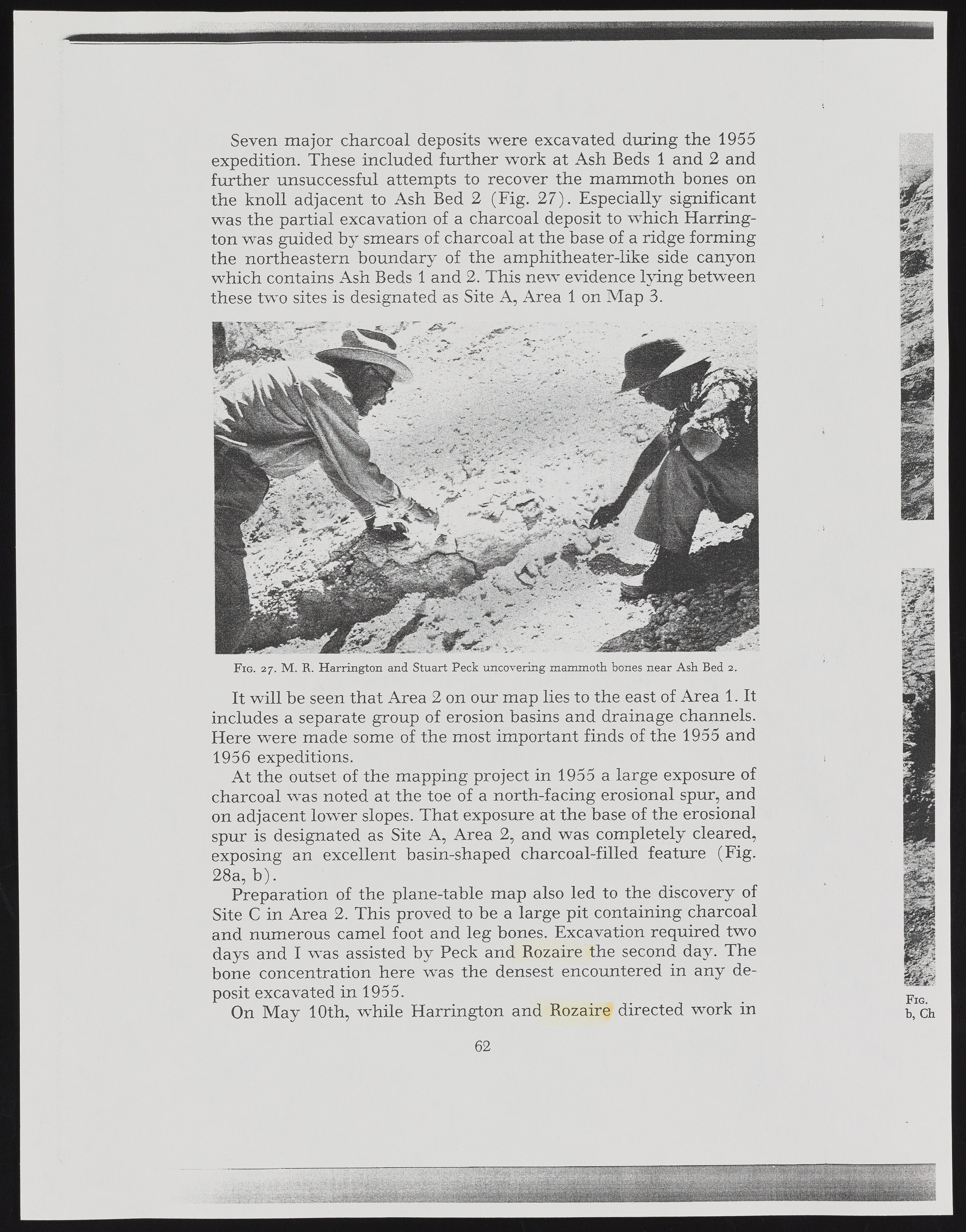Copyright & Fair-use Agreement
UNLV Special Collections provides copies of materials to facilitate private study, scholarship, or research. Material not in the public domain may be used according to fair use of copyrighted materials as defined by copyright law. Please cite us.
Please note that UNLV may not own the copyright to these materials and cannot provide permission to publish or distribute materials when UNLV is not the copyright holder. The user is solely responsible for determining the copyright status of materials and obtaining permission to use material from the copyright holder and for determining whether any permissions relating to any other rights are necessary for the intended use, and for obtaining all required permissions beyond that allowed by fair use.
Read more about our reproduction and use policy.
I agree.Information
Digital ID
Permalink
Details
Member of
More Info
Rights
Digital Provenance
Publisher
Transcription
Seven major charcoal deposits were excavated during the 1955 expedition. These included further work at Ash Beds 1 and 2 and further unsuccessful attempts to recover the m am m oth bones on the knoll adjacent to Ash Bed 2 (Fig. 27). Especially significant was the partial excavation of a charcoal deposit to w hich H arrington was guided by smears of charcoal at the base of a ridge forming the northeastern boundary of the amphitheater-like side canyon which contains Ash Beds 1 and 2. This new evidence lying between these two sites is designated as Site A, Area 1 on Map 3. Fig. 27. M . R. Harrington and Stuart Peck uncovering mammoth bones near Ash Bed 2. It will be seen that Area 2 on our map lies to the east of Area 1. It includes a separate group of erosion basins and drainage channels. Here were made some of the most im portant finds of the 1955 and 1956 expeditions. At the outset of the mapping project in 1955 a large exposure of charcoal was noted at the toe of a north-facing erosional spur, and on adjacent lower slopes. That exposure at the base of the erosional spur is designated as Site A, Area 2, and was completely cleared, exposing an excellent basin-shaped charcoal-filled feature (Fig. 28a, b). Preparation of the plane-table map also led to the discovery of Site C in Area 2. This proved to be a large pit containing charcoal and numerous camel foot and leg bones. Excavation required two days and I was assisted by Peck and Rozaire the second day. The bone concentration here was the densest encountered in any deposit excavated in 1955. On M ay 10th, while H arrington and Rozaire directed work in 62 Fig. b, Ch

